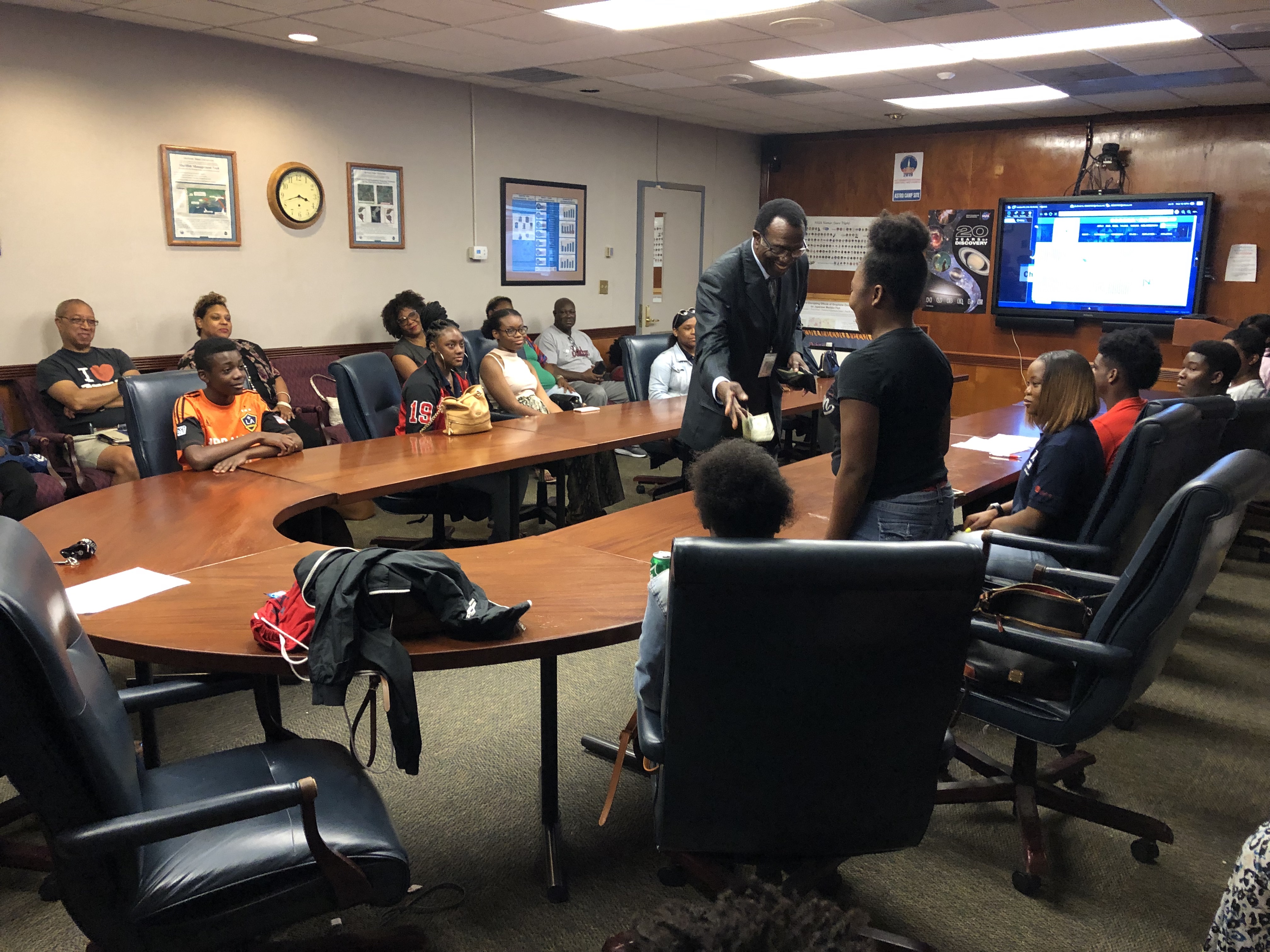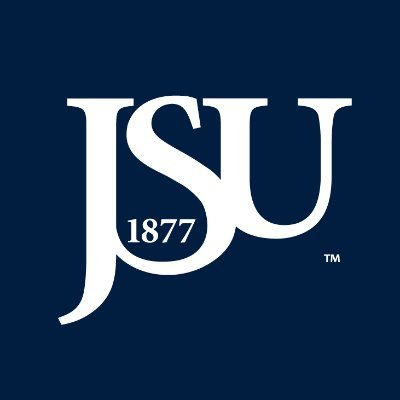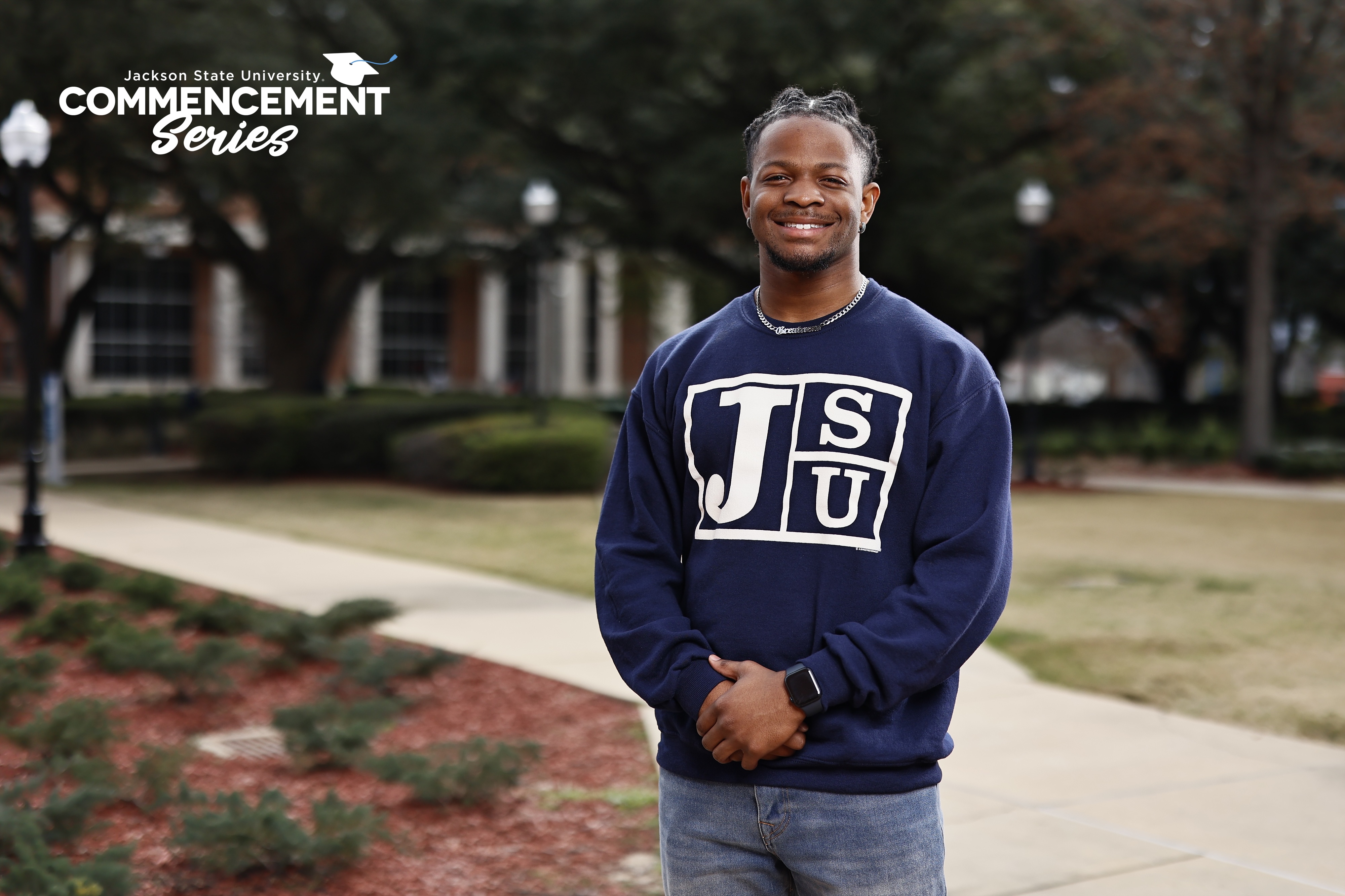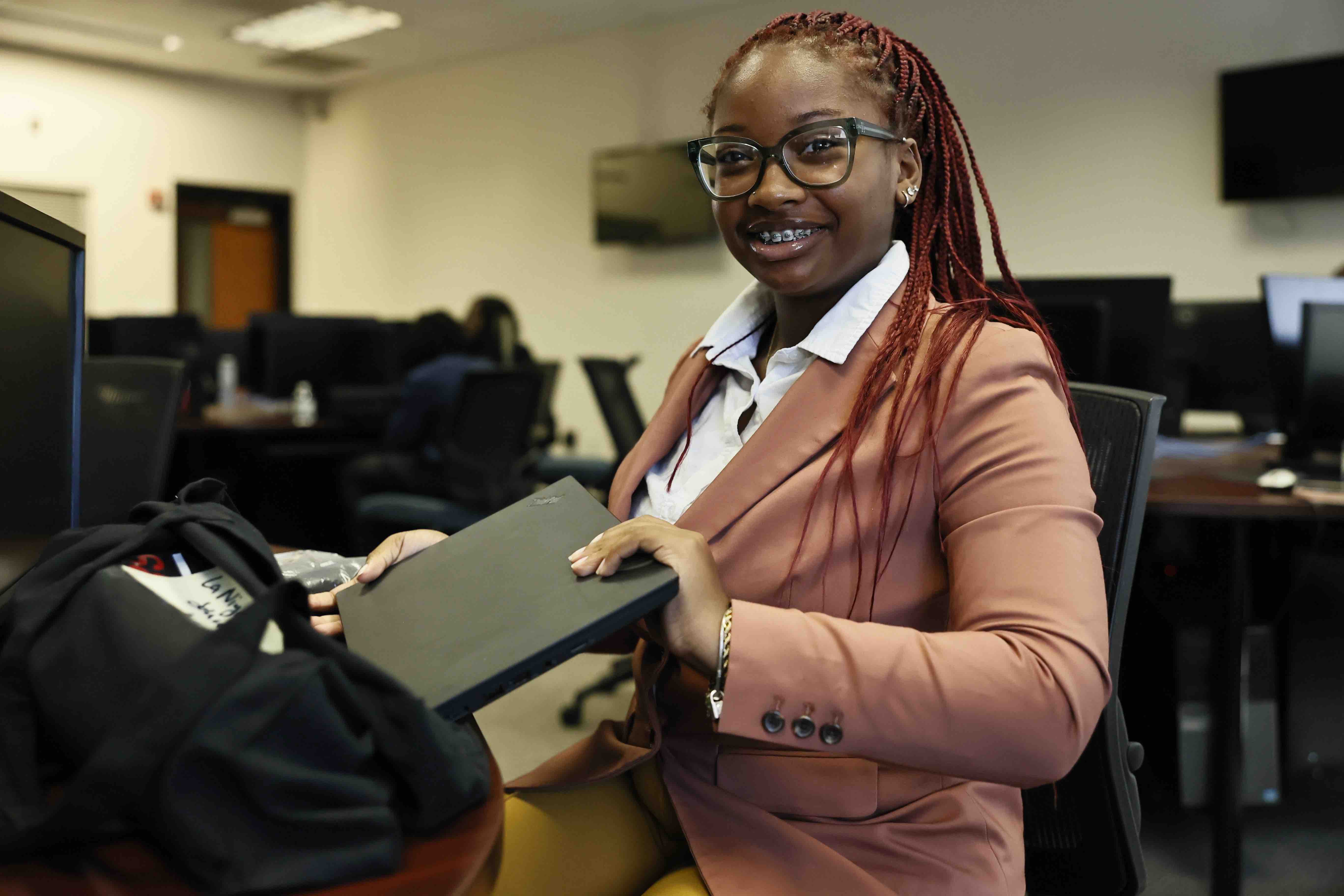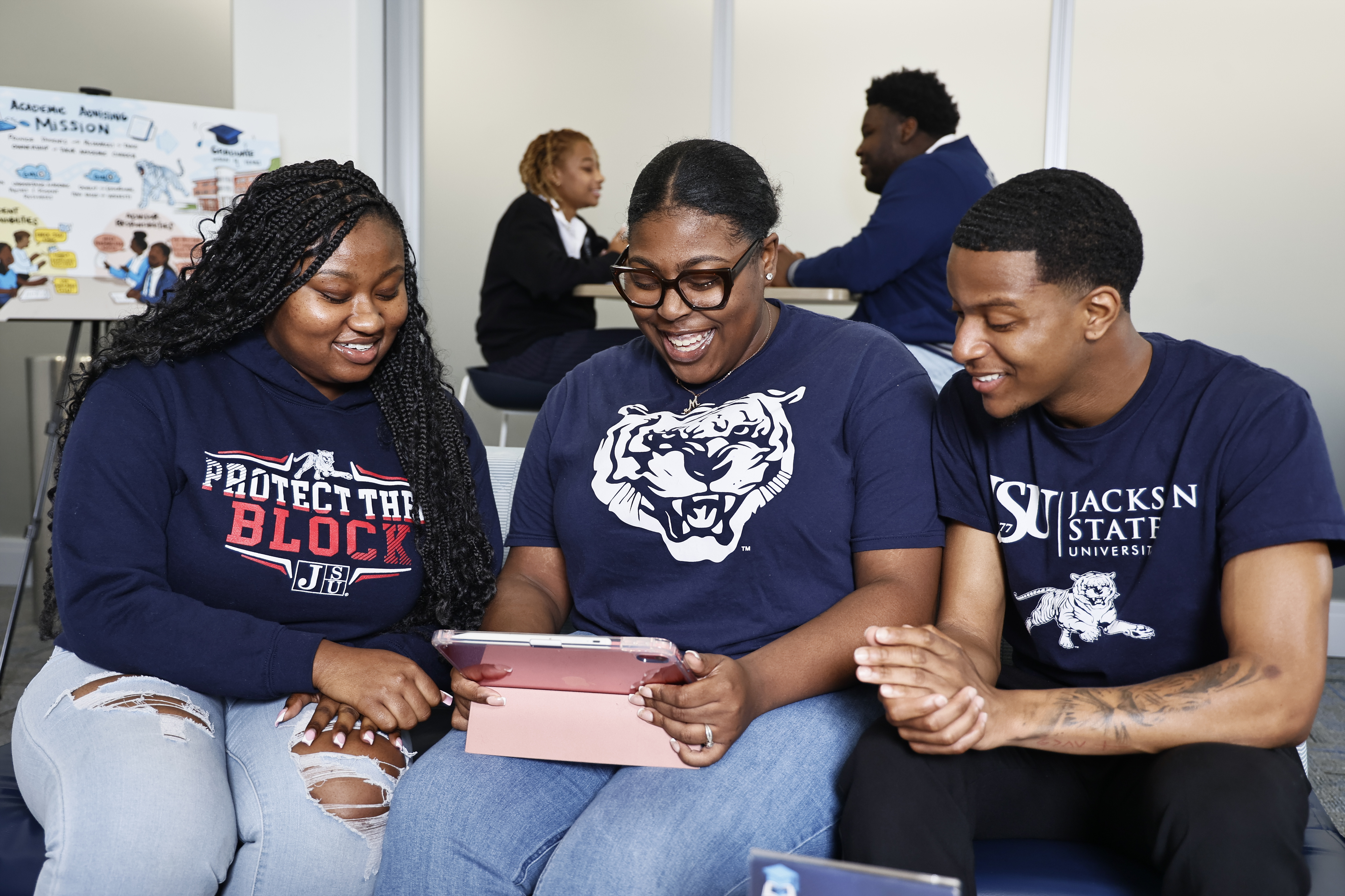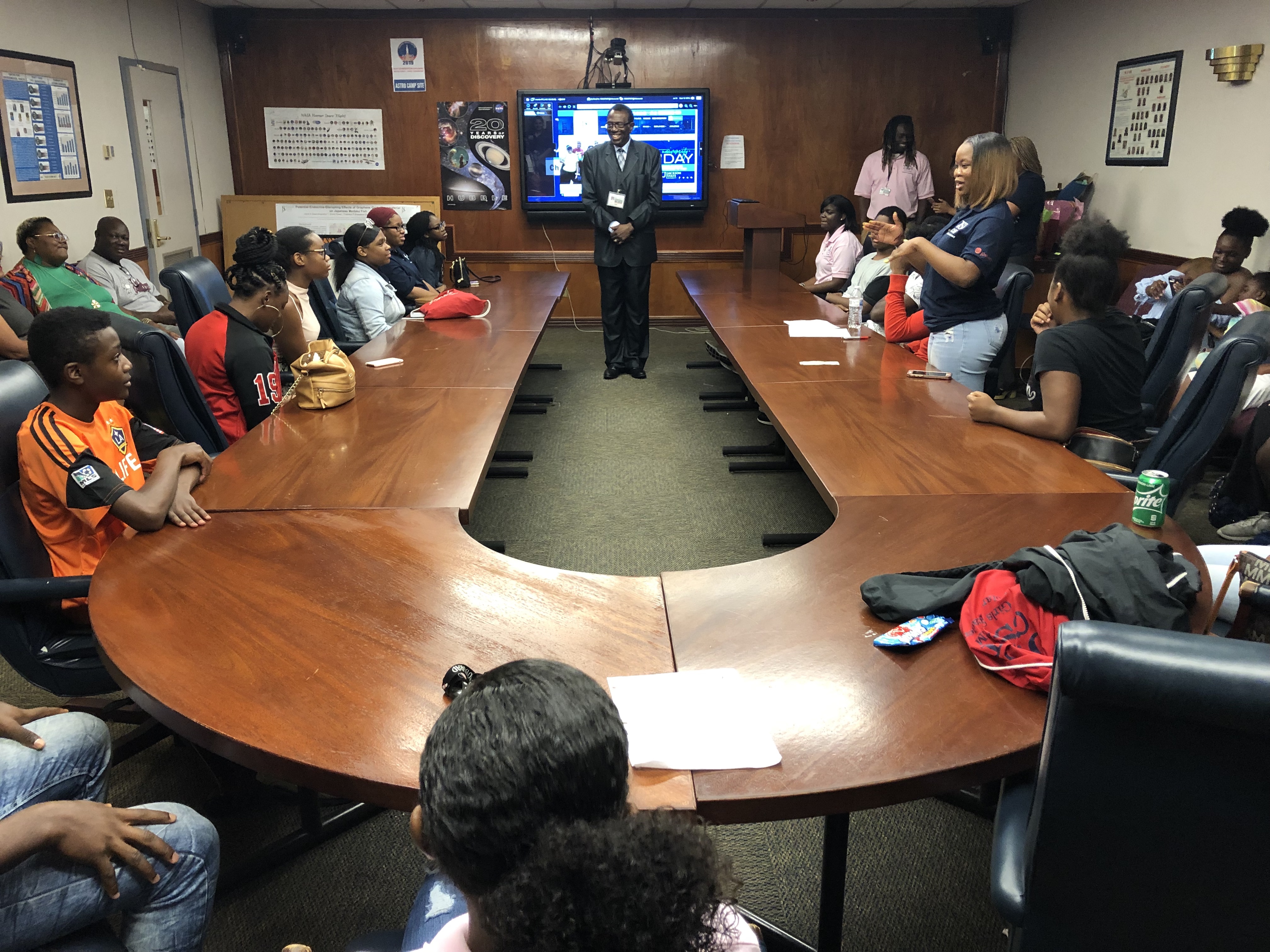
![]()
[hr]With a goal to diversify the STEM workforce, mentors in the College of Science, Engineering and Technology lectured on advanced subjects to an all-girls academy this summer, and they assisted another group participating in an alliance-based program called LSAMP.
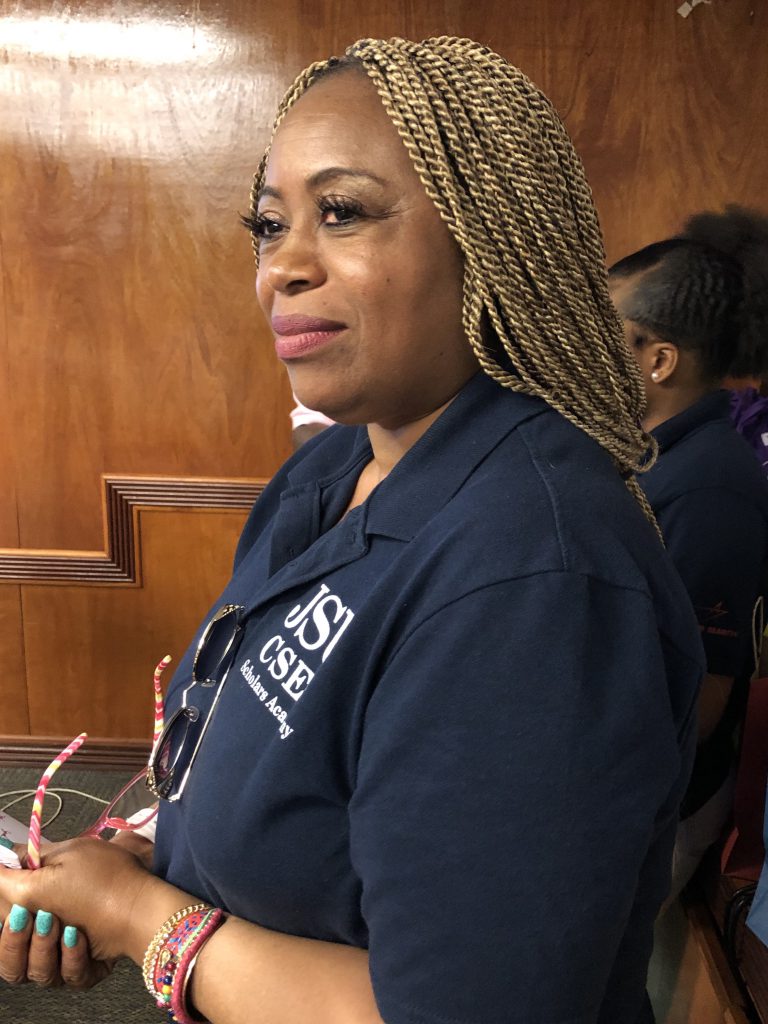
The CSET Girls Academy and LSAMP (Louis Stokes Alliances for Minority Participation) were combined to maximize the support from staff and student mentors, who worked with 50 teenagers during the two enrichment programs in July.
Dr. Martha Tchounwou, director of Student Support Services in CSET, said, “This has been a fabulous year because the girls learned how to program. Last year, they had trouble with this.”
Tchounwou said all participants learned about biology, chemistry, physics and other science subjects that will help them in the future. “This is our next generation, and we look forward to training them.” Beyond that, they experienced virtual reality.
To participate in Girls STEM Academy, Tchounwou said high school students in Grades 10-12 must express an interest in STEM. She said CSET spreads the word about the one-month program via Facebook and during high school visits.
Meanwhile, students participating in the Girls STEM Academy commended their instructors for including information about college life, “staying away from boys” and continuing their education. They also delivered PowerPoint presentations on all the material they learned throughout the program.
Among the presentations included open discussions on health and the body.
Girl STEM Academy’s Simone Kennedy, a junior at St. Andrews, said she gained “very useful research that really improved my level of thinking on many subjects.” She performed experiments in the chemistry lab and learned more about physics.
Others in the girls’ program delved into art, math and communications. As well, they learned about etiquette, finance, building confidence, leadership and public speaking.
As for the LSAMP program, lessons included chemistry and other advanced academic programs. Students also engaged in computer programming and C++, as well as journaling.
One of the LSAMP participants was Flannan Egont, 16, an 11thgrader at Jim Hill High School.
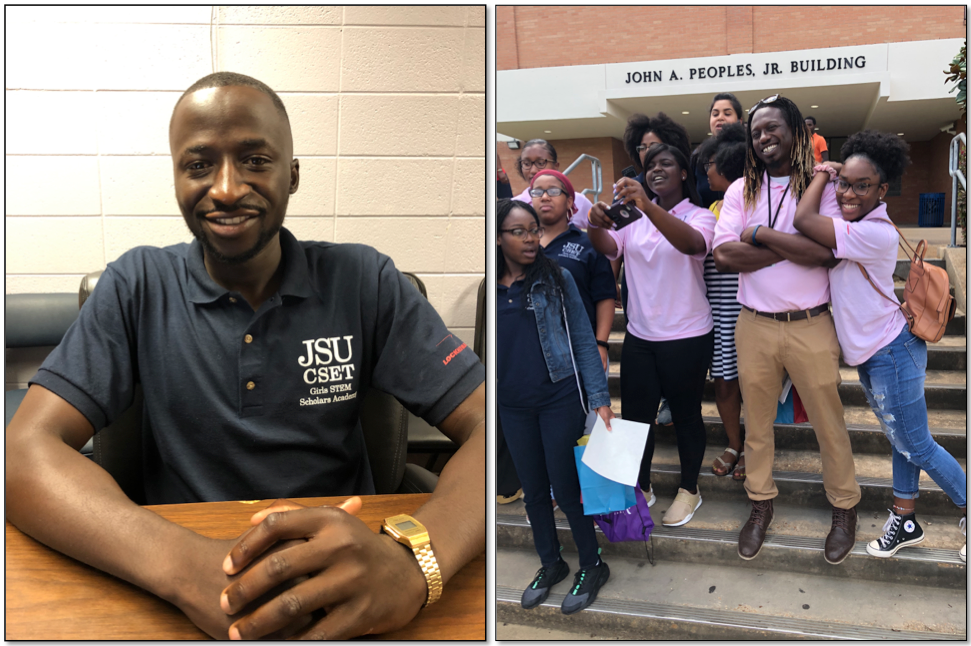
Egont said the program opens your mind to the idea of science, technology, engineering and math. He said the subjects he learned about ties in with his first career option, which is to become a medical doctor. Psychology is his second choice because “I like learning about people and the human brain,” he said.
Egont described the mentoring staff as “great” and said he “built a relationship with everyone in the two programs. JSU has a lot to offer. This has been a great opportunity to meet new people.”
Mekia Pickett, 17, of Columbus High School, described her experience as a good refresher about the basics of math, technology, biology and chemistry. She said the program helps bridge the gap between high school and college.
“The mentors and staff were very understanding even if something came up. They made sure everyone felt welcome, comfortable, nobody was left behind and all needs were provided. I would highly recommend this program for anybody that is becoming a high school senior or preparing to start college.”
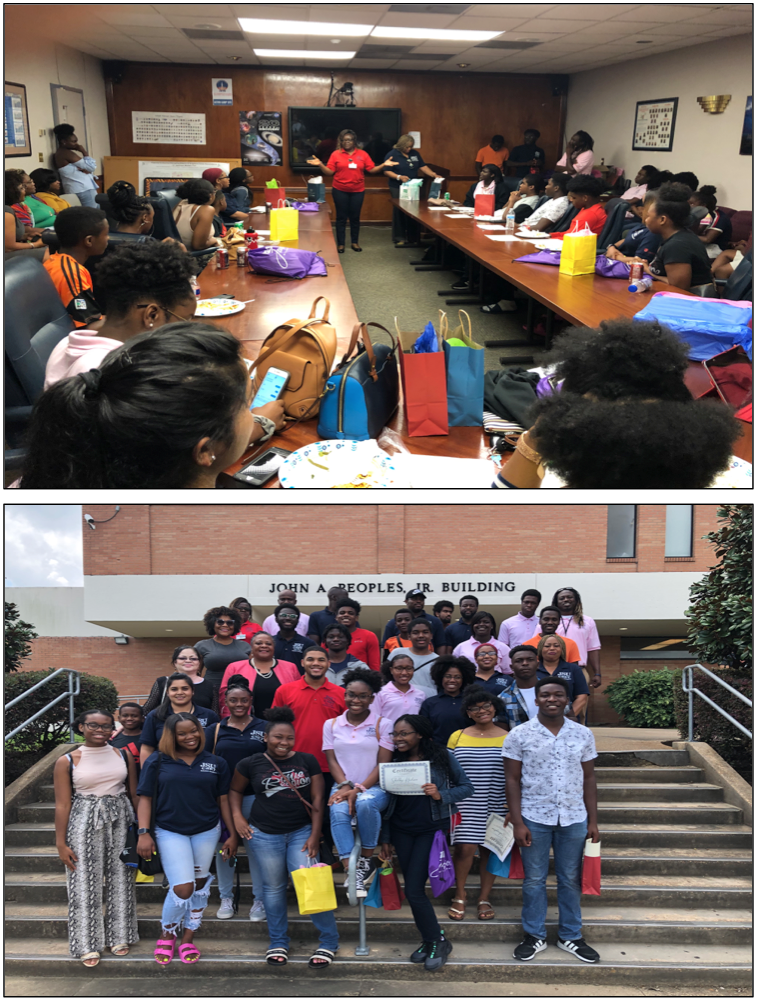
Nelson Lanyuy was among the many popular mentors. He’s pursuing a double major in computer engineering and business administration. Previously, he earned an economics degree in his native Cameroon, a central African country.
“This is a very unique and special opportunity for girls in STEM to become familiar with science and help increase the number of women in the field. I joined the program to enlighten and share knowledge with these girls and older students. The main objective was to get them to become focused, so they can choose a profession they’d like to do later in life and have a plan of action,” Lanyuy said.
“Every day we instructed them about writing down their goals. One of the most important things we addressed was urging them to teach others what they know. We also emphasized the meaning of environmental rebellion – forces that will try to hold them back. Among these are procrastination, clubbing, apathy toward school. My job was to teach them basic principles of math.”
Overall, Lanyuy said the program left an indelible mark on him although in the beginning he had mixed feelings.
“I had to measure the students’ knowledge to know how to help them. I realized that some had been in higher classes than others and from different schools. Even as one of the students acknowledged that she was the slowest, I made sure that she was aligned with the others. Most of them came to see what the science field looked like. By the end of the program, when we did another survey, almost all of them knew what they wanted to become professionally. In such a short period of time they became family to one another.”
Malick Yedjou, a 13-year-old LSAMP participant, attends St. Joseph Catholic School. The eighth-grader said the program helped him peer deeper into his future because “I have a lot to think about. I have to think about the courses I need to take.” For now, he’s debating which STEM field he should focus on.
In general, Tchounwou said LSAMP and Girls STEM Academy were beneficial to everyone, and she commended volunteers and guest speakers for helping to shape both programs. Also, she praised the support from JSU’s administration, the dean and his staff and lauded Lockheed Martin for its strong financial backing.
In the end, she said students benefited greatly by learning that “working together as a team makes things happen because you cannot work in silos.”
